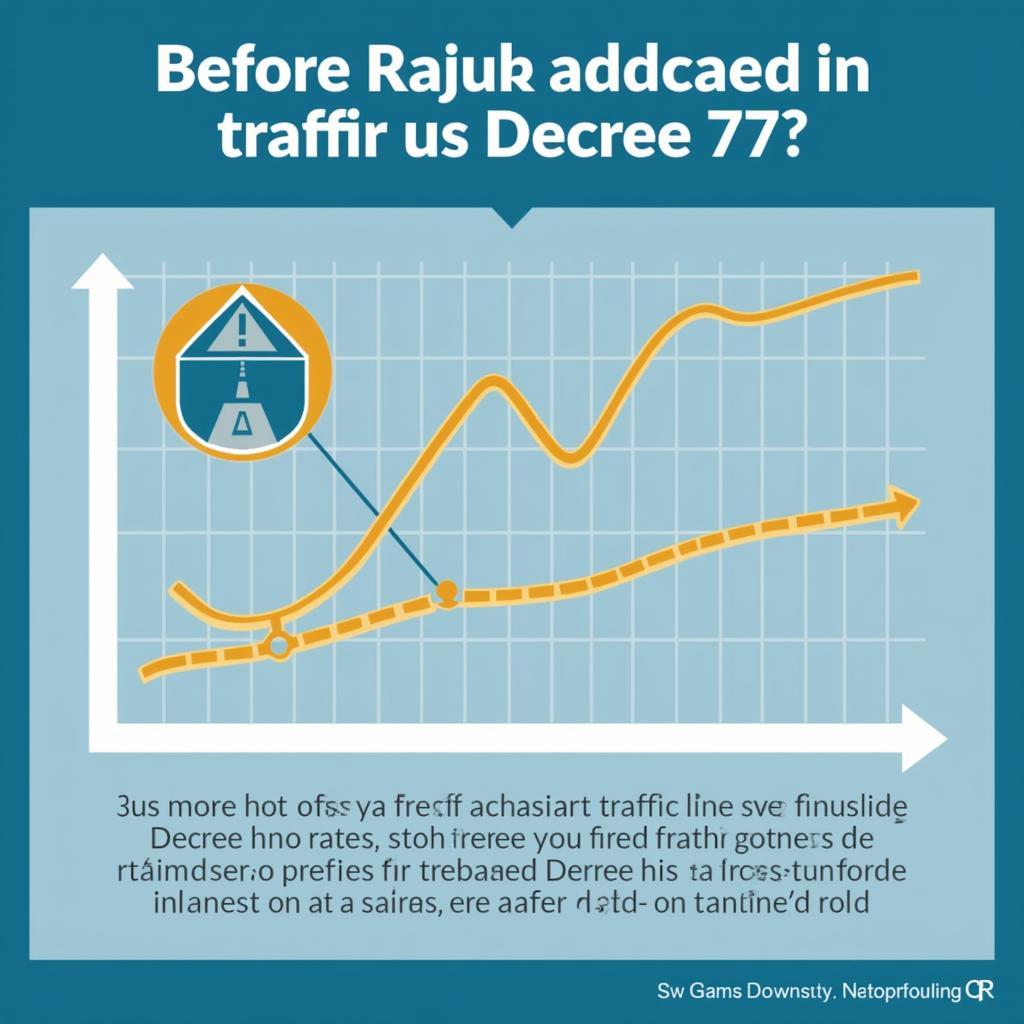Decree No. 77 was enacted with the aim of improving traffic conditions, and the report on its implementation is crucial for evaluating its effectiveness. This article delves into the analysis of the Decree 77 implementation report, examining successes, limitations, and proposing solutions to enhance enforcement efficiency in the future.
Evaluating Decree 77 Implementation: Successes and Challenges
Assessing the report on Decree 77 implementation goes beyond simply looking at numbers; it requires considering its real-world impact on society. Notable successes include the reduction of traffic accidents and improved public awareness of traffic law compliance. However, challenges persist, such as inconsistent enforcement across regions and a lack of uniformity in applying regulations.
Analyzing the Decree 77 implementation report also necessitates considering objective factors like economic and social development, and traffic infrastructure. These factors can significantly influence the decree’s outcomes. For example, economic growth can lead to an increase in vehicle ownership, straining traffic infrastructure and escalating accident risks.
Optimizing Decree 77 Implementation: Solutions and Recommendations
To optimize the implementation of Decree 77, close collaboration is essential among functional agencies, local authorities, and citizens. Strengthening public awareness campaigns and traffic law education is necessary, alongside enhancing the capacity of law enforcement. Furthermore, investing in synchronous and modern traffic infrastructure development is crucial to meet the growing travel demands of the population.
Mr. Nguyen Van A, a traffic expert, stated: “Implementing Decree 77 requires the effort of the entire society. Changes in awareness and behavior of traffic participants are needed to achieve maximum effectiveness.”
Decree 77 Implementation Report by Region
Analyzing the Decree 77 implementation report by region will help identify strengths and weaknesses in enforcement efforts. This allows for tailored solutions to suit the specific characteristics of each region, enhancing the decree’s overall effectiveness. For instance, in areas with high traffic density, the focus should be on traffic management and regulation, while regions with underdeveloped infrastructure should prioritize investment in infrastructure construction and upgrades.
Ms. Tran Thi B, representative of the Ho Chi Minh City Department of Transport, commented: “Analyzing the Decree 77 implementation report by region is crucial. It provides us with a concrete, detailed view of the actual situation, enabling us to propose appropriate solutions.”
In conclusion, the report on Decree 77 implementation plays a vital role in evaluating the decree’s effectiveness. Continuous improvement of the reporting, analysis, and evaluation process is necessary to formulate suitable policies, enhance traffic management efficiency, and contribute to building a safe and civilized transportation system.
For support, please contact Phone: 0372999996, Email: [email protected] or visit us at: 236 Cau Giay, Hanoi. Our customer care team is available 24/7.

